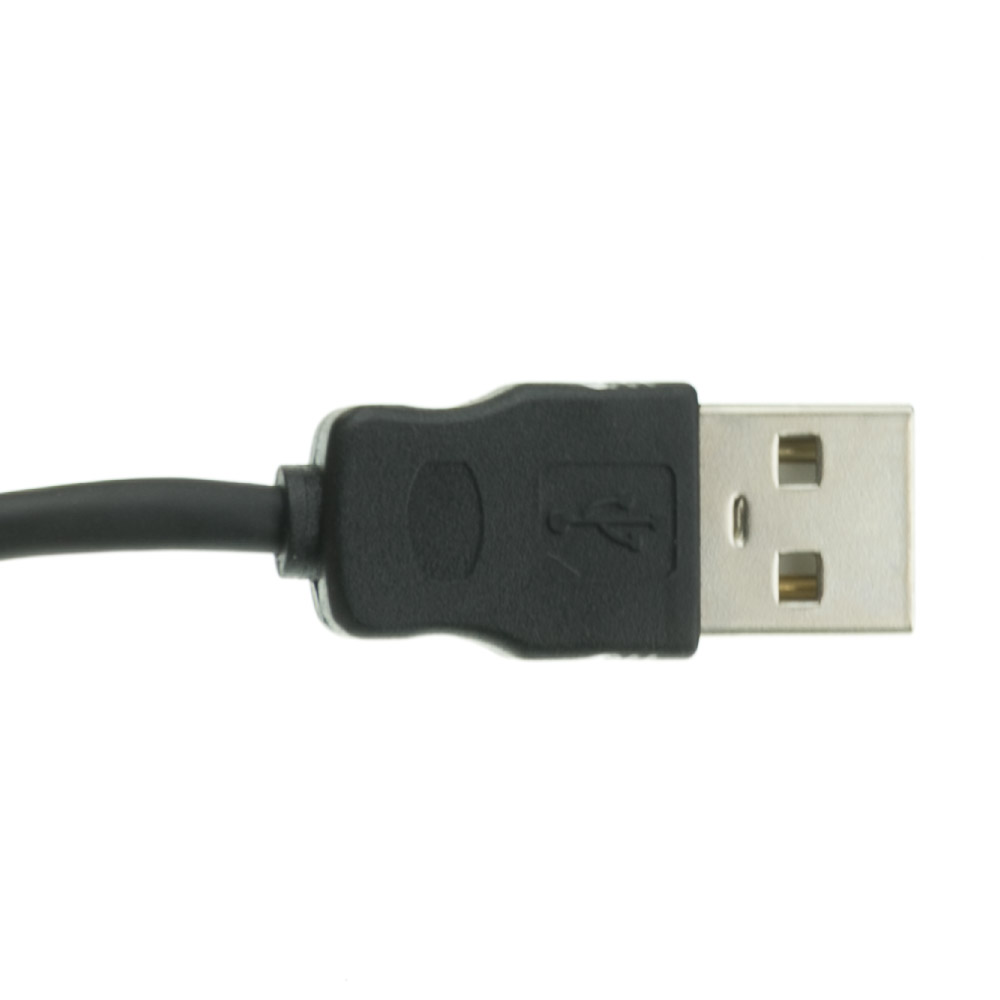

The first digital electronic calculating machines were developed during World War II. More sophisticated electrical machines did specialized analog calculations in the early 20th century. Early in the Industrial Revolution, some mechanical devices were built to automate long, tedious tasks, such as guiding patterns for looms.

Simple manual instruments like the abacus have aided people in doing calculations since ancient times. Computers power the Internet, which links billions of other computers and users.Įarly computers were meant to be used only for calculations. Simple special-purpose devices like microwave ovens and remote controls are included, as are factory devices like industrial robots and computer-aided design, as well as general-purpose devices like personal computers and mobile devices like smartphones. This term may also refer to a group of computers that are linked and function together, such as a computer network or computer cluster.Ī broad range of industrial and consumer products use computers as control systems. A computer system is a nominally complete computer that includes the hardware, operating system (main software), and peripheral equipment needed and used for full operation. These programs enable computers to perform a wide range of tasks. Modern digital electronic computers can perform generic sets of operations known as programs. Middle row: early vacuum tube computer ( ENIAC), supercomputer (IBM Summit)īottom row: video game console (Nintendo GameCube), smartphone ( LYF Water 2)Ī computer is a machine that can be programmed to carry out sequences of arithmetic or logical operations ( computation) automatically. Top row: automatic mechanical calculator (1820) ( difference engine), first-generation computer ( Colossus computer) Computers and computing devices from different eras.


 0 kommentar(er)
0 kommentar(er)
